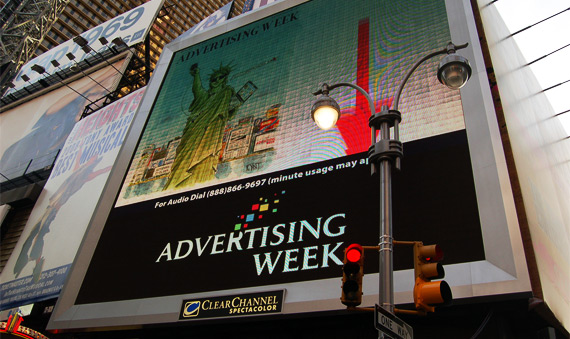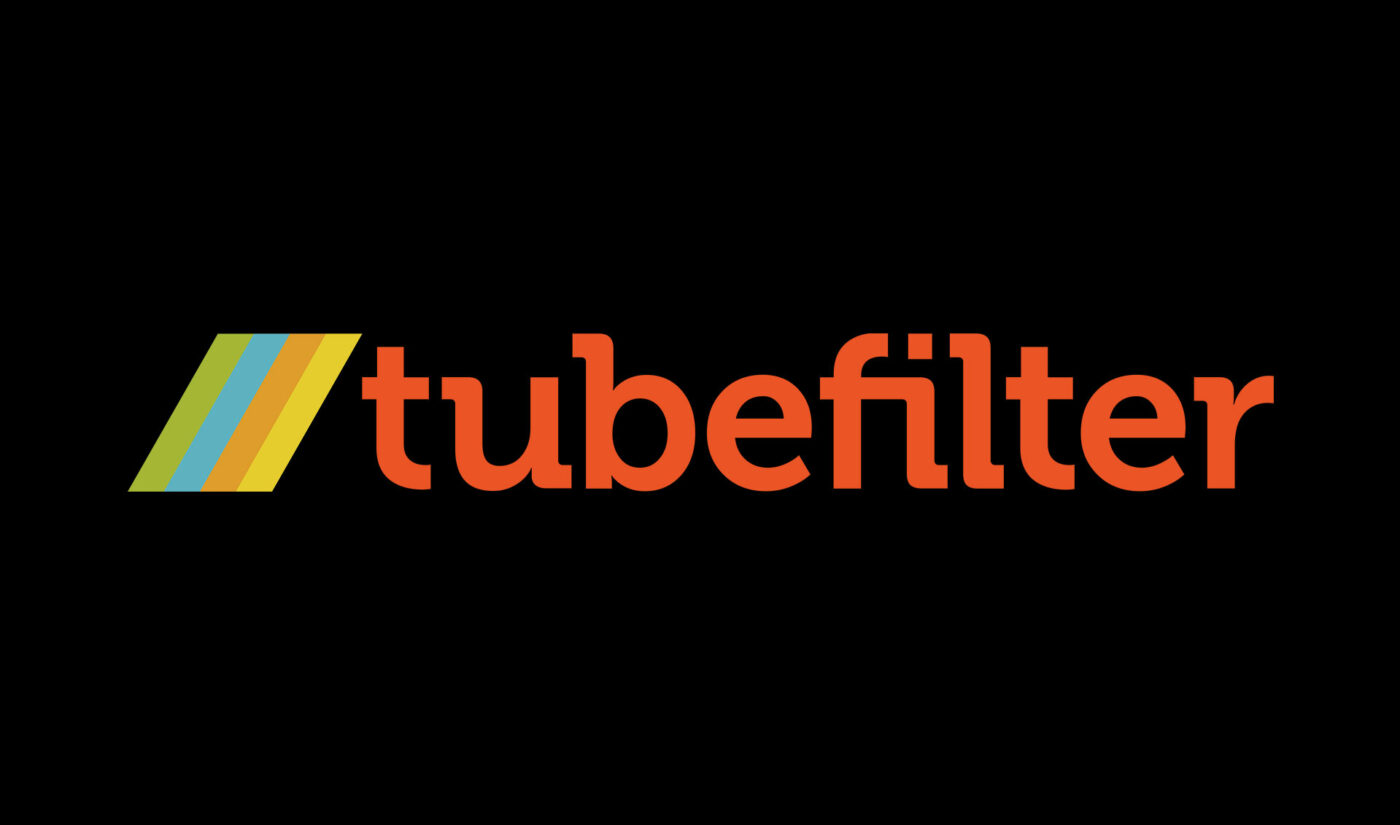
This week, Tubefilter Research Analyst Adam Wright is on assignment in New York City covering Advertising Week and the New York Television Fest.
For the uninitiated, Advertising Week is billed as ‘North America’s premier gathering of cutting edge communications leaders.‘ So, one might assume that a panel at such a conference named The Future is Now: Digital Video would celebrate the ascendance of broadband content. Unfortunately, the conversation seemed more focused on beating the drums of fear for a threatened medium, broadcast television, than about video as the future of entertainment.
The panel, moderated by Quentin George of Mediabrands, had a stellar line up of folks: the traditional media who dabble in digital (NBC/MTV), the telecoms/distributors (DirecTV/TiVo), and the biggest new media mover and shaker (YouTube):
- Cameron Death, VP, Digital Content, NBC Universal
- Paul Guyardo, EVP & CMO, DIRECTV
- Tara Maitra, Vice President, General Manager of Programming, TiVo
- Suzie Reider, Head of Display Sales, Google / YouTube
- Nada Stirratt, EVP Digital, MTV Networks
The panel went back and forth about what will make online content valuable, and while there was a tendency to rehash typical conference faire, a few of the points that were brought up sparked some interesting conversations and conclusions:

Subscribe for daily Tubefilter Top Stories
- Focus on Emotional Connections, Not Streams or Click-Throughs: Cameron Death, NBC Universal VP of Digital Content is a branded entertainment guru (see recent offerings Ctrl and In Gayle We Trust). He explained to the audience of mostly advertisers that when purchasing branded content and viral videos one should not demand a certain number of streams or click-throughs, but should instead look towards enabling an emotional connection between the audience and the brand.
- People still like content on their Televisions: Beautiful 50-inch screens generally win out over PC monitors—just look at the numbers. This doesn’t mean web content can’t be watched on television. Look for the line between traditional and web television to blur. On top of this, Tara Maitra, VP and General Manager of Programming at TiVO, mentioned that the social aspects we are accustomed to in online media will soon be making their way to the set top box. Even so, Nada Stirrat, EVP Digital of MTV Networks reminded us that we should create content specifically for the device on which it will be viewed.
- Online Video Style Second-by-Second Tracking coming to TiVo: Tara also mentioned a partnertship with Quantcast on a project that will not only enable second-by-second tracking within their TiVo box, but will also marry this data with information about where people are browsing on the internet while watching TV (kind of scary!). As a corollary, Nada shared that MTV will be using real time digital properties to change the outcome of original TV programming.
- Even though people like their TVs, Digital Video is inescapable: Paul Guyardo EVP & CMO of DirecTV conceded that the Digital Video revolution is nigh. He mentioned that his team is in fact talking with companies like Boxee to help bring web content to set-top boxes. He also revealed numbers from their recent foray into streaming NFL games for holders of the NFL Sunday Ticket Package. Of 300,000 users, 100,000 decided to tune into the live-stream online. His ultimate conclusion? “Our big challenge is trying to make the content providers not put it out there on the internet for free.”
Conclusions aside, there was a palpable sense of tension in the room. Advertisers are clearly hesitant to engage with this new media landscape—especially as the implications of the transition away from television begins to threaten their bread and butter media buys.
I think advertisers overestimate their role in television. Sure, a lot of advertising money has gone to cable networks, but as Paul Guyardo hammered home, telecoms hold more sway. The real worry to traditional media (and some could say a boon to web content creators) will be if telecoms can create a successful content authentication model. Either way, in order to remain relevant, advertisers know they need to start looking towards web video as a way to reach their increasingly fragmented audiences.
 Adam F. Wright is an Analyst for Tubefilter Research. He recently graduated from Pittsburgh’s Carnegie Mellon University with a master’s degree in entertainment industry management. During his time there, he worked at NBC Universal’s Digital Distribution department and with Myspace Video’s Content Development team. In his spare time, Adam is a freelance marketing and distribution consultant in the online video and music industries. He is on special assignment this week in New York.
Adam F. Wright is an Analyst for Tubefilter Research. He recently graduated from Pittsburgh’s Carnegie Mellon University with a master’s degree in entertainment industry management. During his time there, he worked at NBC Universal’s Digital Distribution department and with Myspace Video’s Content Development team. In his spare time, Adam is a freelance marketing and distribution consultant in the online video and music industries. He is on special assignment this week in New York.
Photo courtesy of Microsoft Advertising.








